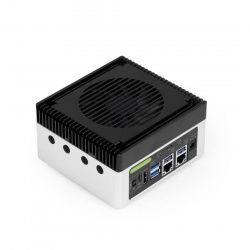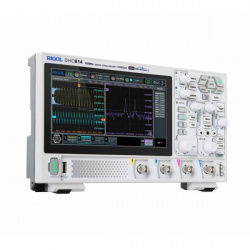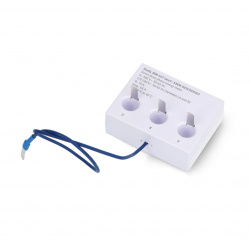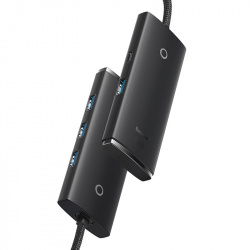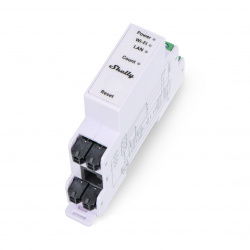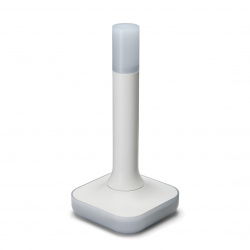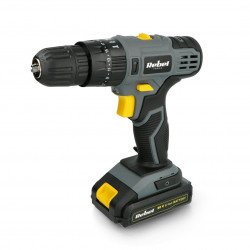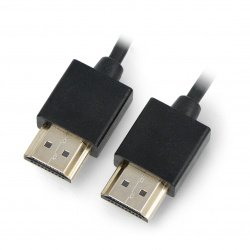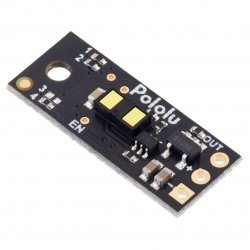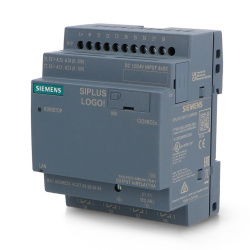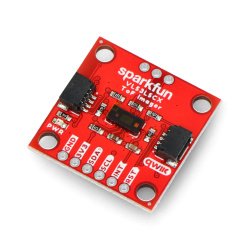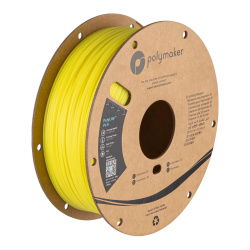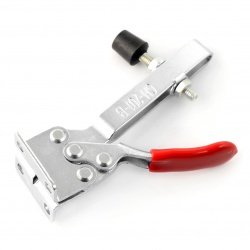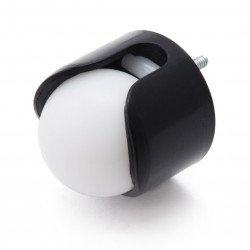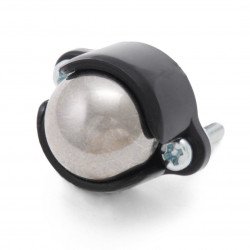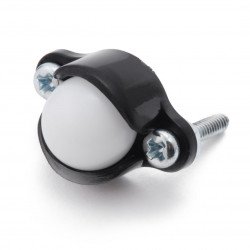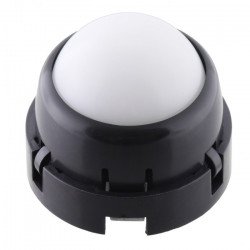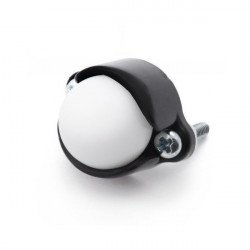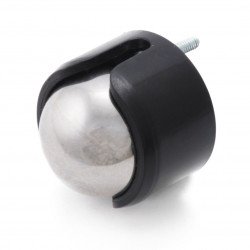The materials of the balls supporting
Available in our offer reference balls are available in two versions: metal and plastic. This first solution is suitable for use in larger, heavier structures, which can additionally be subject to more difficult operating conditions. For example: if the robot will move along the corridors or commercial premises, it is expected that the metal ball will keep longer smooth surface (compared to plastic), which not only affects the processed value of the friction coefficient, but also on the aesthetics of the design. The supporting balls are made of plastic, it is much better to check, and in small structures is their weight, for as long as four times less than the mass of metal balls of the same diameter. In the case of easy and fast robots driven by motors with gearboxes with a relatively low gear ratio, weight is a parameter that is especially important.
With rollers or without?
The small, light balls can support work located directly on the front panel, which simultaneously holds the ball in the proper place (prevent prolapsed) and is a fastening member in General to the chassis of the robot. Thus, the built reference balls with a diameter of 3/8 inch (about 9.5 mm) and? inch (12.5 mm). Large model Ball Caster?” (19 mm) and 1” (25.4 mm) have three rollers mounted on the front panel of 120 degrees. This solution provides a significant reduction in friction and has a positive effect not only on the parameters of control only work, but also on the service life of the constituent elements of the support. The rollers can be in the form of longitudinal rollers or small wheels, which in the upper part of the front panel includes the appropriate cutouts allow free rotation.
All in one
In the case of using balls of the support reactions must be selected such diameter that the basis of the work was at a right angle to the surface – effect on this angle have dimensions and chassis design, method of installation of engines or transmissions, as well as the diameter of the wheels. If you need a more versatile solution, select a set of Tamiya 70144 – by buying this product you get two modules. The height of each of them can be set to any of the following values: 11, 16, 25, 27, 35 37 mm. and Thus is wypoziomujesz a robot platform, regardless of the size of the structure and used wheels.






























































































































































































































































































































